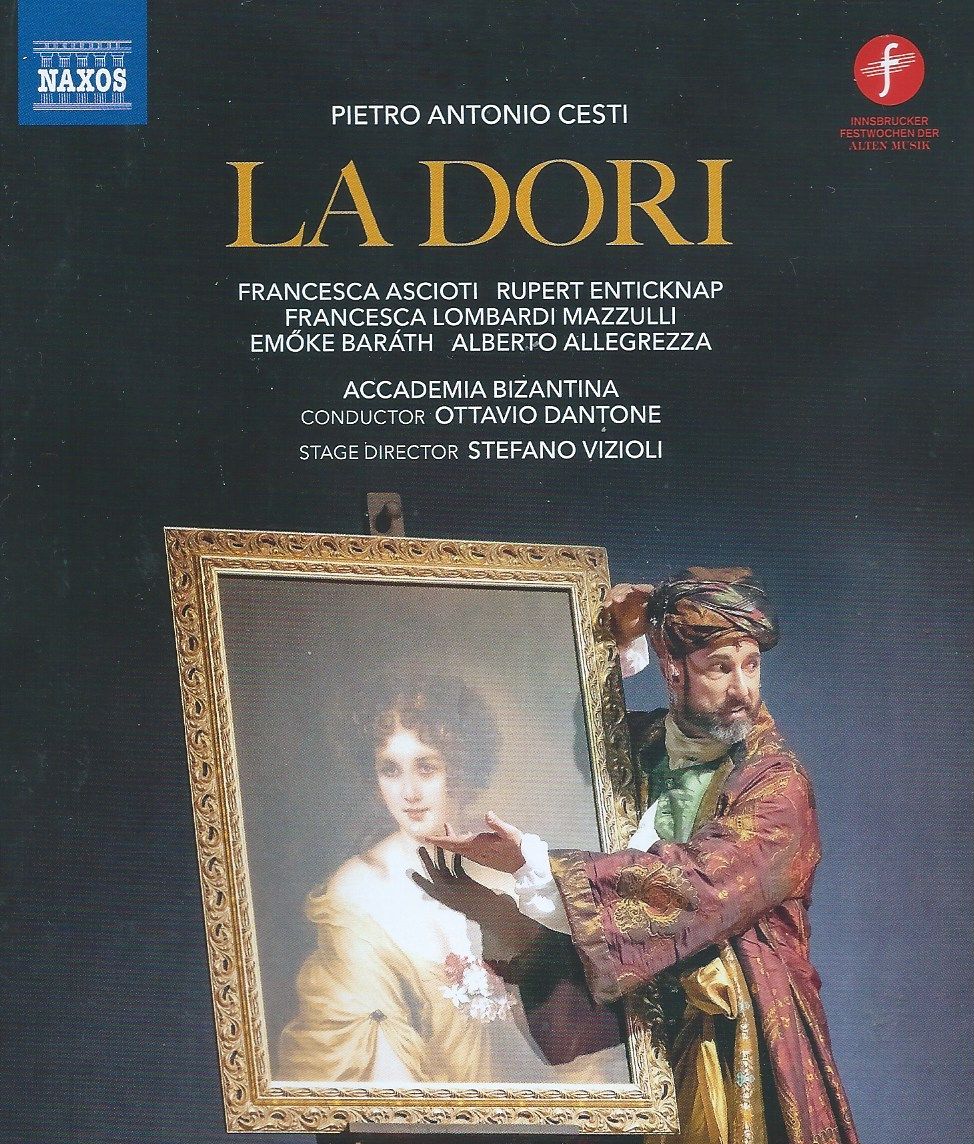Cesti's 'La Dori' from Innsbruck: gender fluidity and tragicomedy
Unjustifiably neglected today, Pietro Antonio Cesti (1623-1669) was one of the most respected composers of Venetian Baroque opera

Unjustifiably neglected today, Pietro Antonio Cesti (1623-1669) was one of the most respected composers of Venetian Baroque opera. Today, though, his music has fallen out of favour, so it is good to see this production from Innsbruck's Festwochen der Alte Musik. This performance was given in August 2019 at the Tiroler Landestheater; the opera itself was first performed at the Theatro di Corte in 1657. The opera today, La Dori, was one of Cesti's most popular in its day (only trumped by Orontea).
The exotic location surely added to La Dori's popularity: ancient Babylon. on the shores of teh Euphrates. To say the story is complex is an understatement; Giovanni Filippo Apolloni's libretto certainly keeps one on one's toes. An alliance between the King of the Persians and the King of Nicaea is cemented by the engagement of Oronte and the Dori of the title. The favourite operatic trope of a childhood kidnap by pirates throws a spanner in the works; Oronte was subsequently engaged to Arsinoe. Oronte was sent to Egypt where the ruler had a daughter also named Dori. Confused? You would be by the end of the plot, a masterpiece of twists and turns and a celebration of gender fluidity that includes Dori in the disguise of a slave - she ends up a slave to Arsinoe as the (male) slave Ali. Ptolemy, supposed borther to Dori, has been sent to find Dori and so disguises himself as a lady named Celinda.
Dori attempts suicide but is stopped by Arsete. In amongst all of this are moments of high comedy, including via the character Dirce, the old nurse of Oronte (sung by a man) and Golo, the servant and jester of Oronte, plus an appearance by a ghost (Parisatide, Oronte's deceased mother, achieved in this production via some rather nice shadow work - this is one of the opera's most beautiful moments). As the director Stefano Vizzoli says in thsi introductory video, 'I need a psychiatrist after this production':
Miraculously, the knot is untangled in the third act; everyone praises Love that makes good come from evil. Cesti's writing is unfialingly inventive (and includes the then new-fangled accompanied recitative); my attention did not wonder throughout. The music is consistently inventive; the first act duet 'Se perfido amore' (Arsinoe and Tolomeo) is particularly lovely.
The production is absolutely cast from strength, with countertenors Rupert Enticknap (Oronte) ad Konstantin Derri (Bagoa) both superb. Mezzo Francesca Ascioti is a fabulous Dori; I was also very taken by Hungarian soprano Emöke Baráth's Tolomeo.
The concept of the basso continuo is crucial to Baroque music: a "figured bass" in which the bass line of the keyboard is supplemented by a stringed instrument. The continuo here is markedly varied, including the expected harpsichord, organ, harp, theorbo and archlute. The conductor, Ottavio Dantone, paces the opera beautifully, while the production decision to contrast ornate costumes (courtesy of Anna Maria Heinreich) and much barer sets (Emmanuele Sinisi) works fabulously. Director Stefano Vizioli has created a production that shows Cesti's work in the very best light; this is a discovery that, once you've got over the plot, will entrance, delight and touch the heart. The tragicomedy La Dori (ovvero Lo Schiavo reggio) is a beautiful opera, consistently strong musically and full of beauty.
Let's just try a snippet, 'Se per un sol momento' from the first act:
